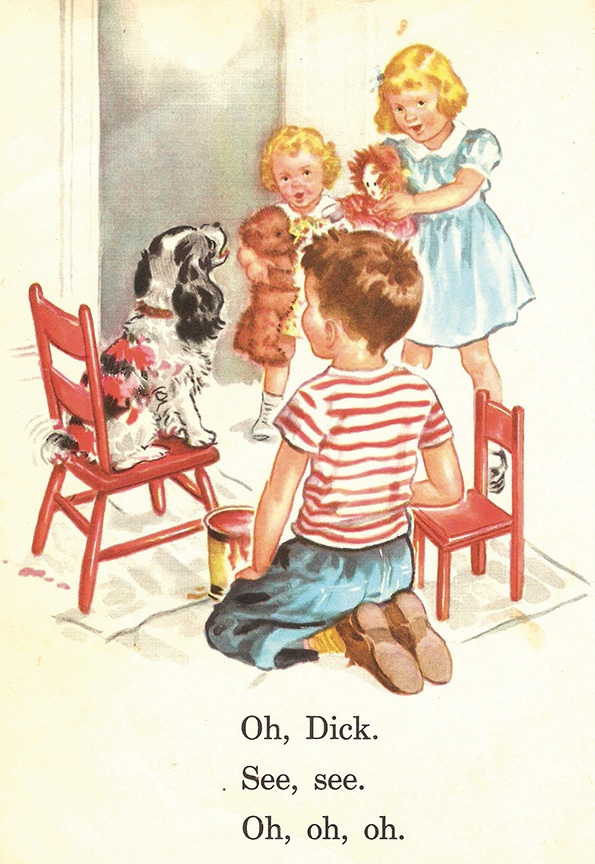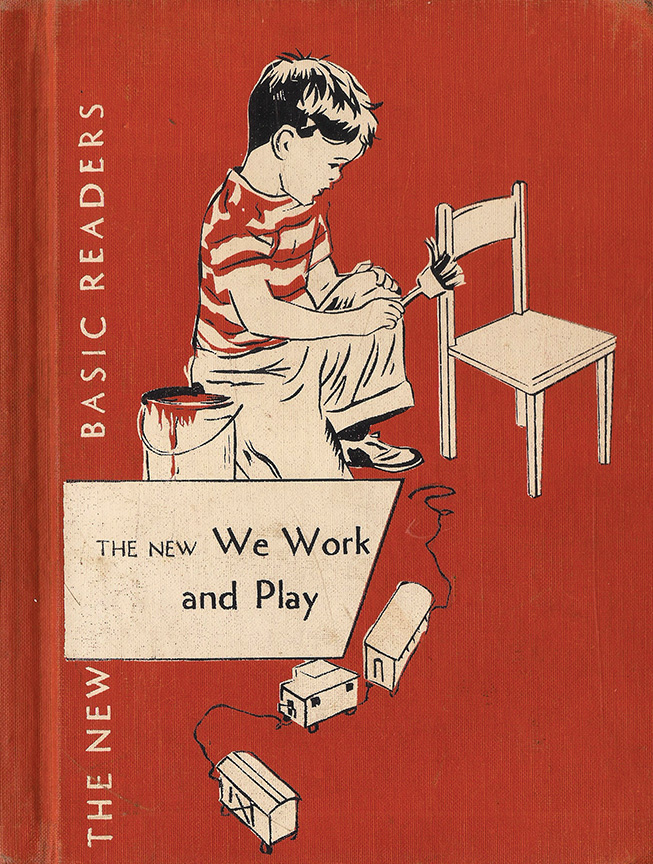

Dorri Partain
Northeast News
Look, look, Dick can read. Look, look, Jane can read. Dick and Jane can read a book.
Generations of American schoolchildren learned to read by following the daily adventures of siblings Dick, Jane, baby sister Sally, their dog Spot, kitten Puff, and a teddy bear named Tim.
In 1927, Zerna Sharp, a former first grade teacher and elementary principal, was working as a reading consultant for textbook publisher Scott, Foresman and Company when she developed the characters for a new reading program.
She choose the names Dick and Jane because they were common names that had only four letters.
The new reading program mimicked the way children actually talked, by repeating words and simple sentences.
Dick, Jane, and the rest of their family first appeared in the 1930 edition of the Elson-Gray Basic Reader series, written by the University of Chicago’s Professor of Education, William S. Gray.
When the New Basic Reader Series was published in 1935, Dick and Jane continued their adventures in primers titled “We Come and Go,” “We Look and See,” “We Work and Play,” and “Fun With Dick and Jane.”
As conceived by Sharp and Gray, the new program used a controlled vocabulary where students learned a new word by looking at the word and saying it repeatedly, not by sounding it out phonetically.
The New We Work and Play contained 38 words: seventeen of those were learned in the previous primer and ‘work’ and ‘play’ were two of 21 new words introduced within its 64 pages.
Illustrator Eleanor Campell created the watercolor images throughout the series, using photos of family, friends, and their pets in action to create images that depicted the children’s activity on each page.
Every five years, the books were revised and updated for changes in fashion, automobiles, and household furnishings.
African-American characters Mike, and twins Pam and Penny were introduced in 1965 to meet new standards set in the Elementary and Secondary Education Act, but the series was discontinued by 1970.


















